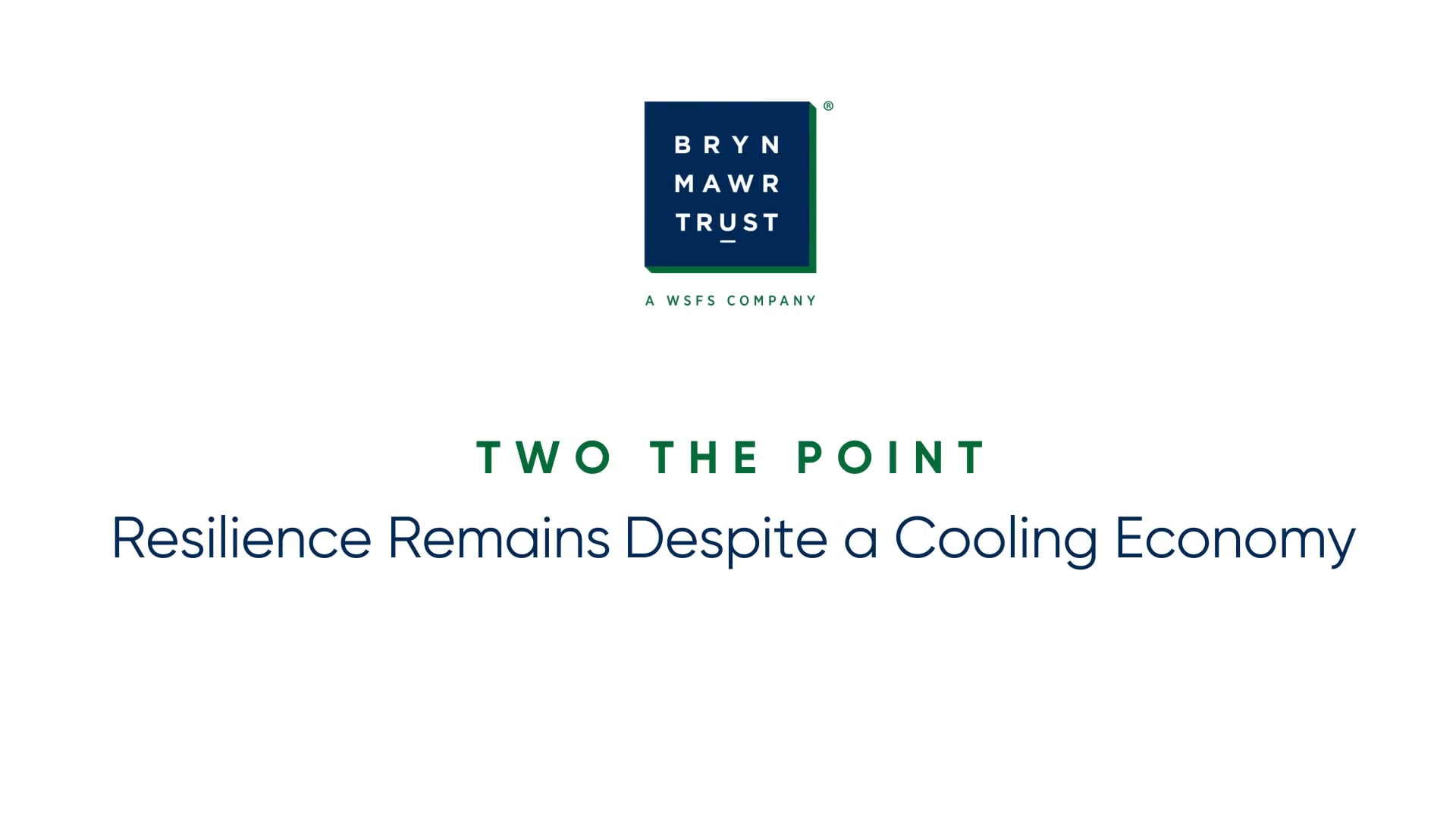Turbulence Ahead: Stay Informed and Prepared in Tax Planning

Now is the time to prepare for the potential volatility ahead in 2025 tax planning. With massive tax increases scheduled for year-end, this may be the most consequential year for tax legislation since the 2017 Tax Cuts and Jobs Act (TCJA).
As the TCJA sunsets, increases to marginal tax brackets, decreases to gift and estate tax exemptions, and modifications to various tax deductions and credits are all scheduled to take effect in 2026 without new legislation.
President Trump enacted the TCJA and should seek to extend many of the legislative key provisions. With majorities throughout Congress (however slim they may be), we appear poised for a bill to pass later this year, including similarly reduced income tax brackets and increased gift and estate tax exemptions, among other priorities for Trump and his cohorts as Republicans take power in Washington.
Numbers to Count On for the 2025 Tax Year
While updated tax legislation is anticipated, its effects will not begin until 2026. For the 2025 tax year, the marginal tax brackets remain unchanged. As inflation has cooled considerably under the Biden Administration, the income thresholds for each bracket have risen only around 2.8% from their 2024 levels. The standard deduction increases to $15,000 for single filers and $30,000 for married couples filing jointly, an increase of $400 and $800, respectively1.
Contribution limits in employer-sponsored retirement plans, like 401(k)s and 403(b)s, are up $500 to $23,500. Catch-up contributions are $7,500 for individuals aged 50+ and $11,2502 for individuals aged 60-63. The standard contribution for Individual Retirement Accounts (IRAs) is $7,000, with an additional $1,000 for those aged 50+.
The annual gift tax exclusion increases $1,000 to $19,000, and the federal gift and estate tax exemption limit rises to $13.99 million per person3. Current legislation also reinstates penalties for RMDs not distributed from inherited IRAs, and qualified charitable distributions from retirement accounts increase to $108,000.
To minimize your income tax bill this year, consider the following:
- Contribute to Tax-Advantaged Accounts: By maximizing your contributions to retirement accounts like 401(k)s, IRAs, or HSAs, you will receive tax deductions that will reduce your taxable income.
- Take Advantage of Tax Credits: A direct reduction in your tax liability, as credits are even more valuable than deductions. If you qualify, popular credits like the Earned Income Tax Credit, Child Tax Credit, and American Opportunity Credit can help you save more of what you earn.
- Optimizing Investments: Investing in tax-free municipal bonds, holding investments for more than one year to obtain more favorable capital gains tax rates, and implementing tax-loss harvesting strategies – selling assets at a loss to offset gains – can further reduce your tax bill.
- Bundling Deductions: If your itemized deductions are approaching the standard deduction threshold, consider bunching deductible expenses into a single tax year. Charitable giving to a donor-advised fund may help by allowing you to give more in a year to maximize deductions while distributing to your favorite causes over the years.
- Saving for College: Setting money aside for a child’s tuition doesn’t reduce federal taxes but may be allowable for state income taxes. In addition, appreciation of your contributions will help you escape future taxes if you use them for qualified education expenses.
Taxes are complex, but with planning and professional guidance, you can reduce your liability while building a stronger financial future.
1 https://www.irs.gov/newsroom/irs-releases-tax-inflation-adjustments-for-tax-year-2025
2 https://www.irs.gov/newsroom/401k-limit-increases-to-23500-for-2025-ira-limit-remains-7000
3 https://www.irs.gov/businesses/small-businesses-self-employed/estate-tax



